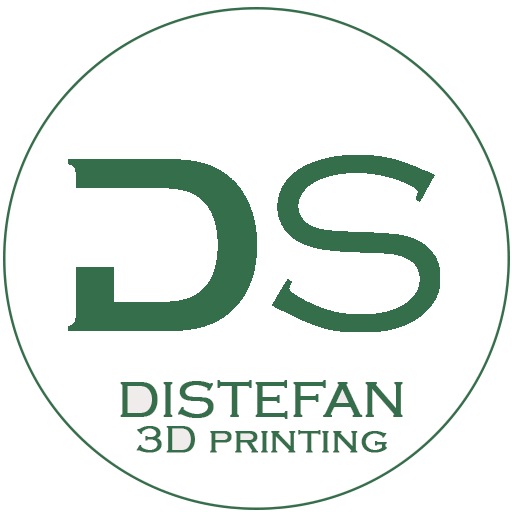Choosing the Right Materials: So, some products come in different materials. If you're into static display models, you'll want to go for Tan Fine Detail Plastic or Clear Ultra Fine Detail Plastic. They're awesome for capturing fine detail and sleek surfaces. But if you're more into Radio Control models and need durability, check out Versatile Plastic (Nylon 12) or MJF Plastic PA12 – they're super tough.
About Fine Detail Plastic: Okay, so Fine Detail Plastic is like the magician of materials. It's acrylic and can pull off crazy high detail. Perfect for hobbyists building scale models and those cute little miniature sets. Our new Tan Fine Detail Plastic rocks a solid opaque look with stunning contrast. And the Clear Ultra Fine Detail Plastic? Super clear and crisp, no fuzziness here!
About Versatile Plastic (Nylon 12) and MJF Plastic PA12: Let's talk tough. Versatile Plastic (Nylon 12) and MJF Plastic PA12 are like the bodyguards of 3D printing materials. The Versatile Plastic has a bit of a rough and matte finish, thanks to Selective Laser Sintering. On the other hand, Multi Jet Fusion (MJF) Plastic PA12 is HP's nylon plastic, with top-notch mechanical properties and a slightly grainy texture.
Glue Tips: When it comes to glue, cyanoacrylate (CA) "superglue" is your best bet. Forget about Testors liquid or tube cement – they're not gonna cut it. Those are great for polystyrene plastic, but our 3D-printed parts are either acrylic or nylon, so they need something stronger.
Cleaning Up: Alright, after printing, there might be some waxy residue hanging around. Don't panic! A little mineral oil or mild detergent like "Dawn" or "Fairy" dish soap will do the trick. Just grab an old toothbrush or some Q-tips and gently clean away. But stay away from anything with acetone or acetate – they're a big no-no.
The versatile plastic material is heat resistant up to 80°C / 176°F degrees, but don't try more than 50 ° C /125°F !
Don't hesitate to let the parts soak in a water bath overnight or more.
After the final cleaning, let the parts dry thoroughly, because water keeps well in the porous structure.
Curing and Smoothing: Now, to really make those parts shine, you gotta cure 'em. For Tan Fine Detail Plastic and Clear Ultra Fine Detail Plastic, sunlight or a UV lamp works wonders. And if you want to smooth things out, an air eraser with some baking soda can work wonders. Just be gentle, we don't want to lose any detail!
Primer and Painting: Ready to add some color? For Tan Fine Detail Plastic and Clear Ultra Fine Detail Plastic, stick with acrylic primer and paint meant for plastic. Enamel paint won't play nice with these materials. And remember, no thinners with acetone or acetate – they'll wreck your masterpiece!
Watch Out for Chemicals: Finally, a word of caution. Some chemicals can be real troublemakers for Tan Fine Detail Plastic and Clear Ultra Fine Detail Plastic. Acetone, ammonia, turpentine – steer clear of these guys if you want your prints to stay looking sharp.
Hope that helps you get started on your next project!





Leave a comment
This site is protected by hCaptcha and the hCaptcha Privacy Policy and Terms of Service apply.